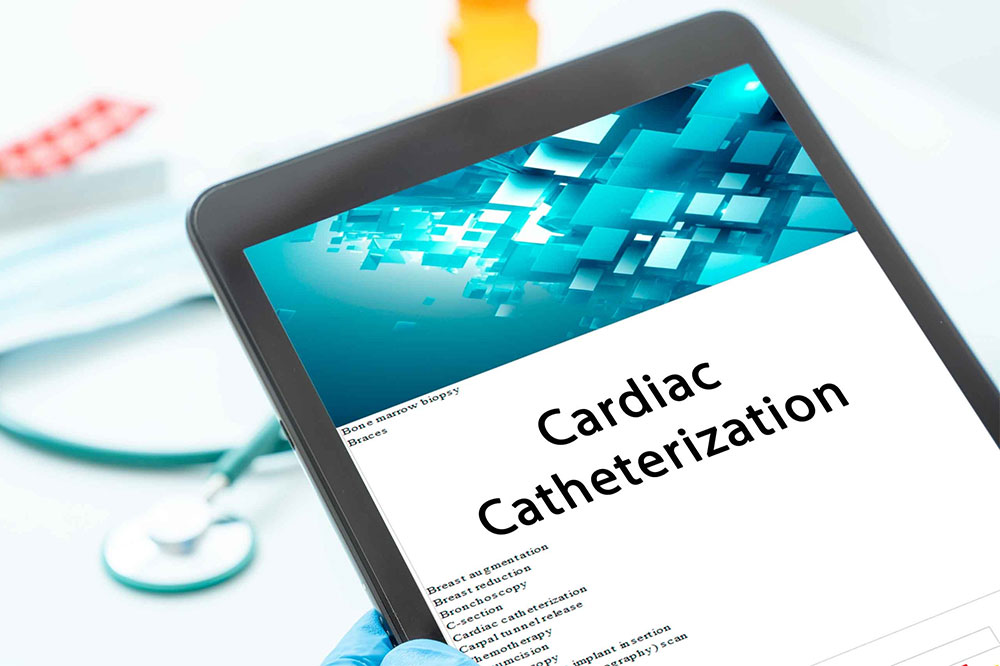Understanding Cardiac Catheterization: Procedures, Goals, Costs, and Potential Risks
Cardiac catheterization is a minimally invasive procedure used to diagnose and treat various heart conditions. It involves inserting a catheter to examine blood flow, diagnose blockages, and perform treatments like stent placement or angioplasty. While generally safe, it does carry some risks, and costs vary based on location and procedure complexity. Recovery is typically quick with proper post-procedure care and follow-up. Consult your healthcare provider to discuss the risks, benefits, and suitability of this procedure for your heart health.

Understanding Cardiac Catheterization: Procedures, Goals, Costs, and Potential Risks
Cardiac catheterization, also called coronary angiography, is an invasive diagnostic technique used to evaluate heart function. It’s commonly performed to detect heart conditions, especially after a heart attack, helping physicians identify blockages or abnormalities. The procedure is also valuable for assessing heart health before surgeries related to cardiac issues.
Procedure
Performed by a cardiologist or heart specialist, the procedure involves inserting a thin tube, or catheter, into a vein or artery in the arm, neck, or thigh. The catheter is guided to the heart through the blood vessels.
Purpose
Once in place, the doctor may inject dye through the catheter, which makes blood vessels and chambers visible under X-ray imaging. This helps detect blockages, valve problems, or perform tissue biopsies, as well as measure blood pressure and flow within the heart and lungs.
Other medical uses include fluoroscopy-guided interventions such as:
Stent placement to open narrowed or blocked arteries
Arrhythmia treatment through ablation, destroying faulty heart tissue
Angioplasty to widen arteries using a balloon
Valvuloplasty to open narrowed heart valves
Cost
The price of cardiac catheterization varies based on location, hospital charges, and additional tests like imaging. Typically, costs range from $7,000 to $11,300. Insurance coverage, including Medicare Part A if hospitalization is involved, can help reduce out-of-pocket expenses.
Risks
While generally safe, cardiac catheterization carries some risks, which should be discussed with your doctor beforehand. Possible complications include vessel perforation, allergic reactions to dye, bleeding, blood clots, infection, and rare events like heart attack or kidney damage. Irregular heart rhythms can also occur.
Recovery
The procedure typically involves a short recovery period. Patients are advised to stay hydrated, care for the insertion site, avoid strenuous activities, follow dietary guidelines, and attend follow-up appointments. Prompt reporting of any unusual symptoms ensures safer recovery.
Always review potential risks and benefits with your healthcare provider to make an informed decision about undergoing cardiac catheterization.









